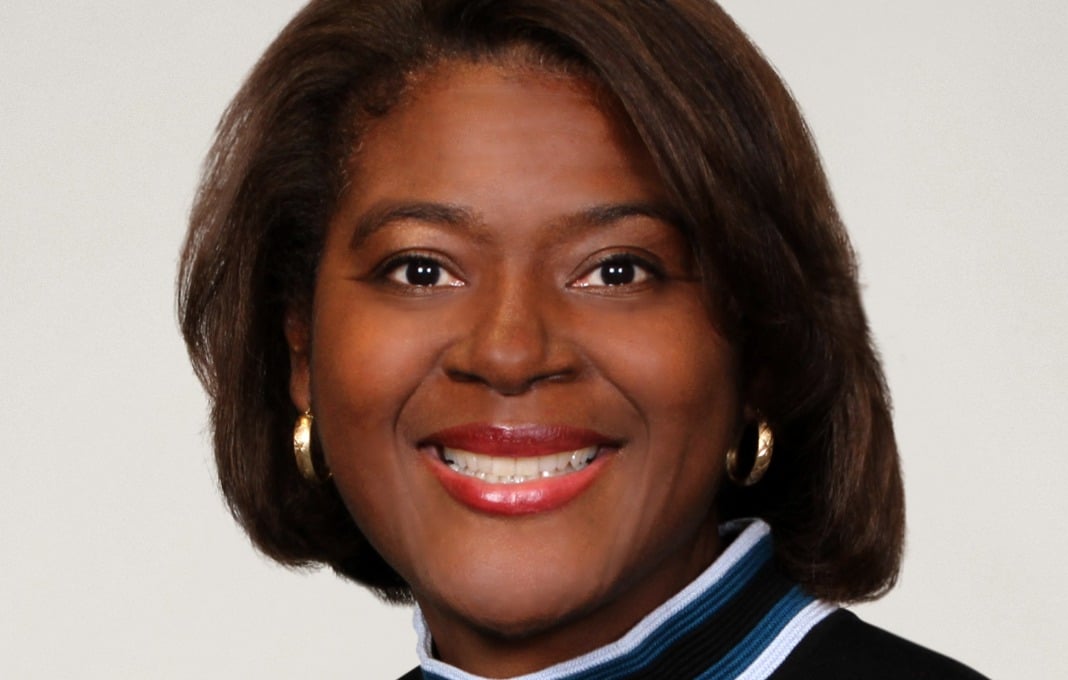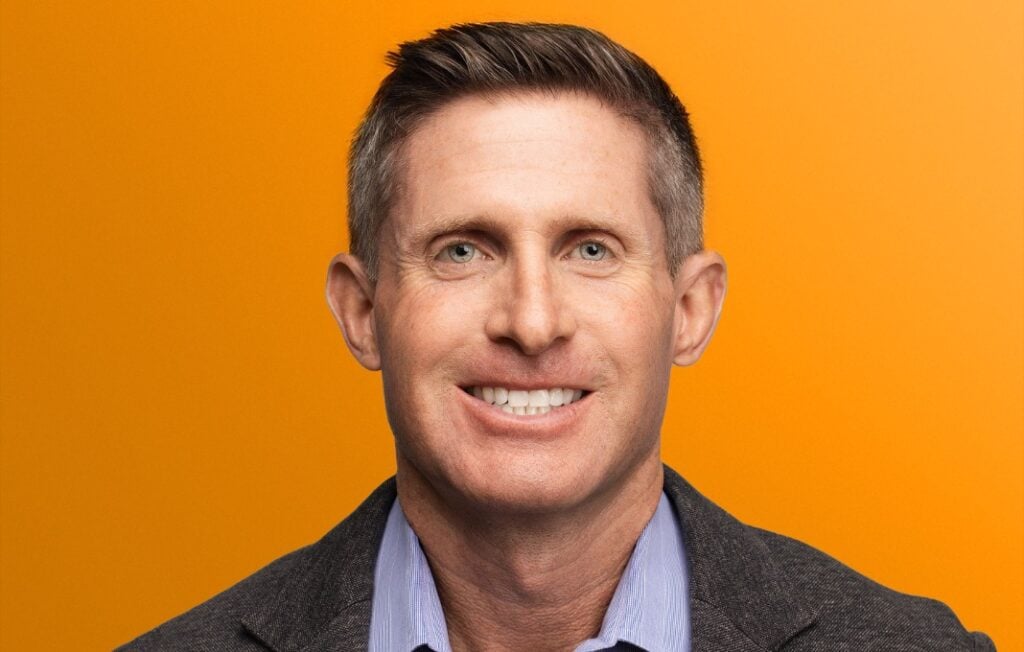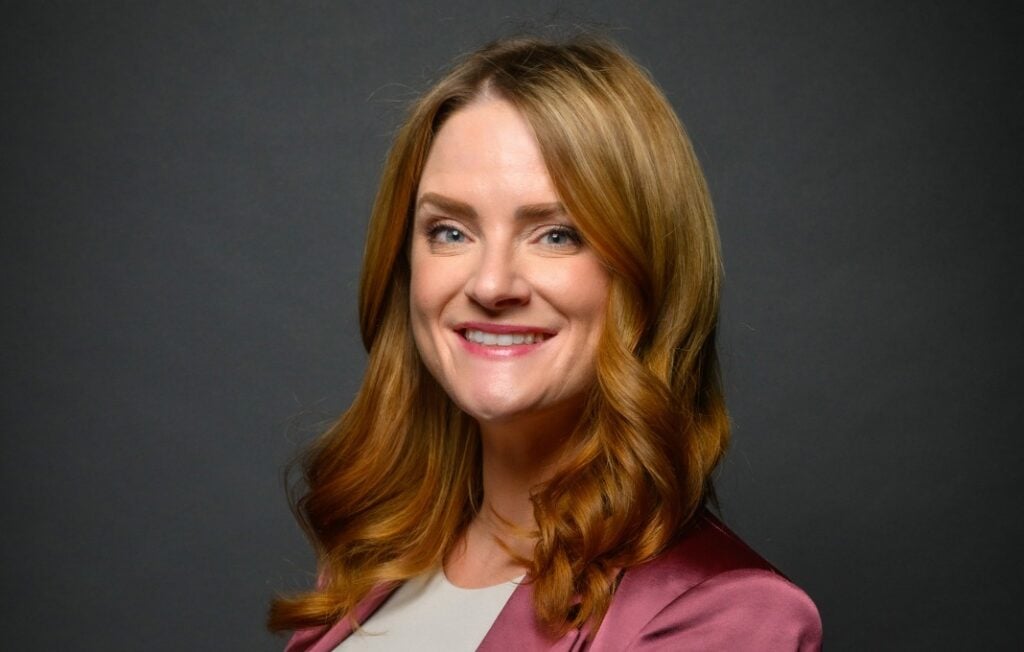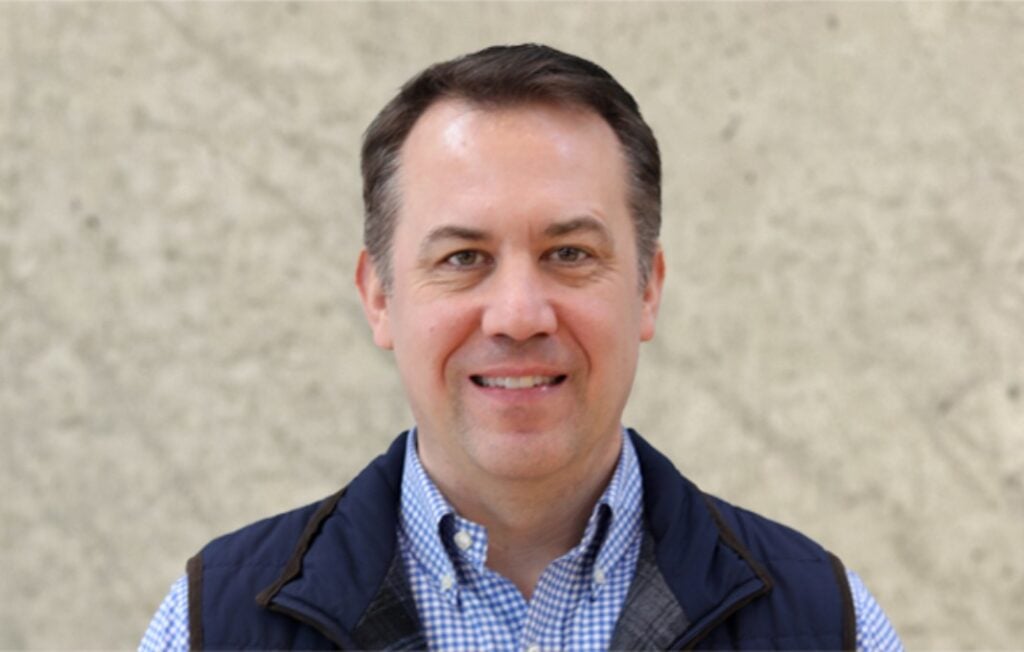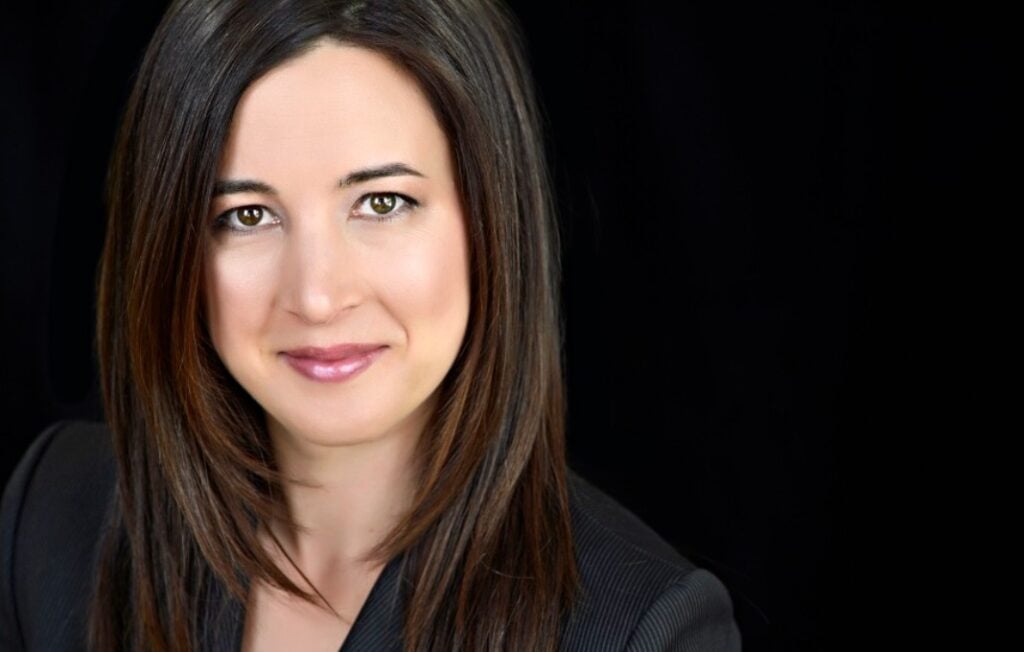Employee well-being has been a hot topic of conversation—especially since the Covid-19 pandemic shook up the way we all work. And increasingly, leaders are recognizing putting a focus on wellness doesn’t just benefit their people, it boosts business success.
Leslie Bostic, senior vice president of HR at Amalgamated Life Insurance Co. based in White Plains, New York, has seen this shift take place. She shares how the HR profession has evolved to focus on employee wellness, and strategies to deploy for both your workforce and company to thrive.
With your extensive experience in HR leadership across insurance and healthcare, how have you seen the role of HR evolve in balancing business objectives with employee well-being?
Over the years, I’ve seen the role of HR evolve significantly, from a primarily transactional function to one that plays a key role in supporting the whole person. Early in my career, I was focused on training and development programs at Prudential, and over time, through roles at companies like SBLI USA and Schering-Plough, I saw how strategic HR could be.
Now, in my current role at Amalgamated Life, I’ve really seen the shift toward prioritizing employee well-being as a driver of business success. There’s a growing recognition that the quality and effectiveness of someone’s work is directly tied to how supported they feel, physically, mentally and emotionally.
Wellness is no longer a nice-to-have; it’s a critical component of performance and engagement. Employees are more actively using their benefits, and companies are more supportive of this, understanding that a balanced life leads to a more positive, productive workforce.
The pandemic was a turning point; it challenged traditional ideas of when and where work happens. While not everyone stayed fully remote, many organizations, including ours, adopted hybrid models. Employees expect flexibility now, and even one or two days working from home gives them the breathing room to manage their lives throughout the week, rather than squeezing everything into the weekend.
HR’s role has become much more about creating the conditions for people to thrive, not just as workers, but as whole individuals.
Given your work in staffing, training and performance management at Amalgamated Life, what strategies have been most effective in developing a high-performing and engaged workforce?
At Amalgamated Life, we’ve found that building a high performing, engaged workforce really comes down to creating a culture of respect, recognition and opportunity.
One of the most powerful things we can do is show people that what they bring to the table matters. When employees feel their contributions are seen and valued, it energizes them and gives their work a deeper sense of purpose.
Recognition plays a huge role. It doesn’t always have to be monetary, sometimes it’s as simple as putting someone in front of senior leadership, giving them exposure to a new part of the business or connecting them with growth opportunities they’ve expressed interest in. That kind of visibility can be incredibly motivating, especially for employees who are already driven but just need that extra door opened.
We also prioritize communication, both sharing a clear vision and actively inviting input. It’s about encouraging people to speak up with ideas or concerns, even if that means slowing down or adjusting course. That feedback loop is essential for continuous improvement and for helping people feel like true partners in the work.
Succession planning is another key strategy. While we’re not a massive organization with layers of backup for every role, we make a point to identify individual strengths and offer employees chances to stretch beyond their current responsibilities. Giving someone a glimpse into what their future could look like within the company not only builds engagement—it helps us retain top talent longer.
Lastly, we’re intentional about motivating the right behaviors. We reward teamwork, collaboration and continuous improvement—not just those who clock the longest hours. Our “Ways of Working” framework helps reinforce that success is about how we achieve our goals, not just whether we hit the mark.
Employee benefits play a critical role in retention and satisfaction. What trends or innovations in benefits administration have you implemented or found most impactful for today’s workforce?
One of the most impactful trends we’ve embraced is the growing recognition of mental health as a critical part of overall employee well-being. For a long time, mental health was treated as a separate or secondary concern. But now, there’s much more openness to acknowledging and supporting it in the workplace. We’ve seen this reflected in how time-off policies are evolving.
Paid family leave is another area where we’ve seen growing demand, and much of the progress in this space has come through state-level initiatives. In New York, where we’re based, the state’s paid leave program has been a huge help; it allows employees to address important family needs without sacrificing income.
While the federal Family and Medical Leave Act established an important foundation by guaranteeing job protection, the addition of paid options at the state level has made it more feasible for many employees to fully utilize their leave. When people feel like their personal lives are in order, they can be much more present and effective at work.
We’ve also seen hybrid work become a key benefit in itself. The pandemic forced companies to rethink how and where work gets done, and even though many organizations—including ours—aren’t going fully remote, offering work from home flexibility has become a major retention and recruitment factor. It gives employees the space to manage their lives more flexibly, while still maintaining the in-person collaboration we value.
Finally, we’ve found creative ways to keep employees feeling recognized and appreciated. For example, rather than the traditional holiday party, our company has shifted to company picnics. They are more inclusive, more relaxed and often more meaningful. Recognition doesn’t have to be flashy or expensive, it just needs to show people they matter.
Throughout your career, you’ve mentored women leaders and supported DEI initiatives. What advice would you give to HR professionals looking to foster more inclusive leadership development within their organizations?
My advice to HR professionals looking to foster inclusive leadership development is to stay curious, stay engaged and don’t be afraid to build what isn’t already there. Some of the most effective DEI efforts I’ve seen didn’t start as large-scale programs, they started small. A monthly email on cultural observances, a brief session on inclusive leadership or a conversation about evolving workplace trends. If you have an idea, create it.
Inclusion doesn’t just happen—you have to be intentional about it. That starts with regularly engaging your managers so they understand the kind of work environment you’re trying to create. Help them see the value of diverse voices and experiences, and support them in becoming champions of that vision.
It’s also important to ask questions and really listen. We all come with our own great ideas, but inclusion means understanding what your employee population is actually looking for—what makes them feel seen, supported and encouraged to lead.
I’ve been fortunate in my own career to work with leaders, both men and women, who brought me into key conversations early on, even before I realized I should be asking to be included. That experience taught me the value of being involved and paying attention to more than just the HR lane. That curiosity—about operations, strategy, even emerging issues like AI—can help you grow and demonstrate your value in new ways.


